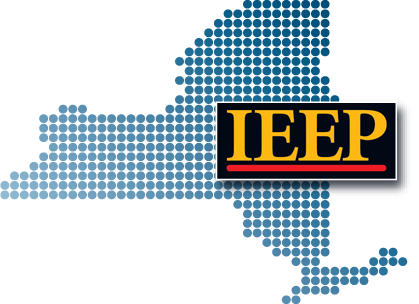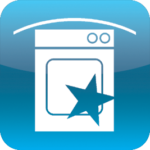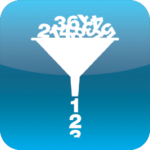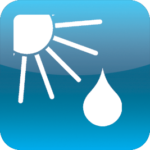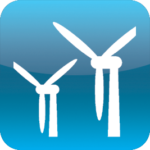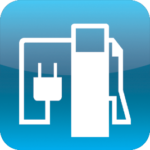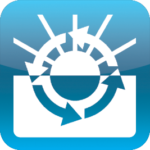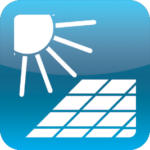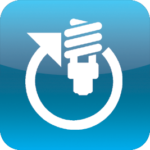The IEEP offers its New York municipal utility members the opportunity to “tailor-make” an energy efficiency program built to the specific needs of that system. The breadth and depth of the utilities’ commitment to energy efficiency grows significantly each year.
To accurately report and responsibly present program activities and accomplishments, the IEEP has created "Symbols of Energy Efficiency." These icons, arranged according to benefit-class below, highlight energy-saving measures that are being implemented by IEEP member utilities. The IEEP uses these icons in many collateral materials for consistent and clear representation of program options as well as an indication of utility member program participation.
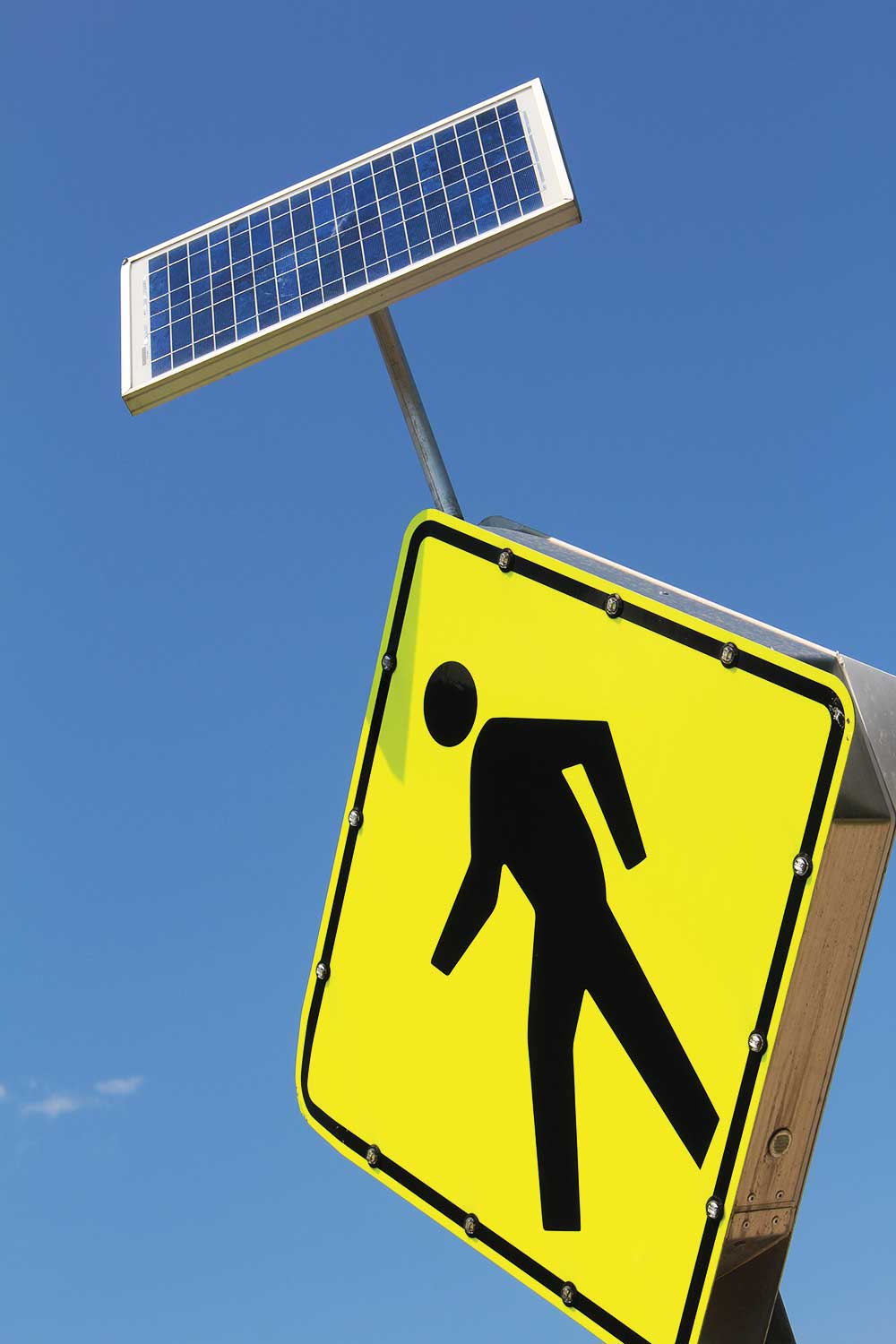

Customer Benefit
The IEEP Customer Benefit component is getting things done “on the ground” in utility customer homes & facilities. Choices of technologies implemented are determined by consideration of the overall utility landscape, specific load circumstances, specific customer circumstances, and above all, the customers themselves.
Clicking an icon will provide more information about the corresponding program option.
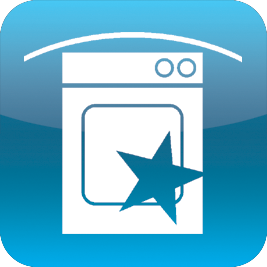

Appliance Advantage


Appliance Recycling


Residential Lighting


Commercial Customer Opportunities


Tame the Refrigerator Monster


Energy Management
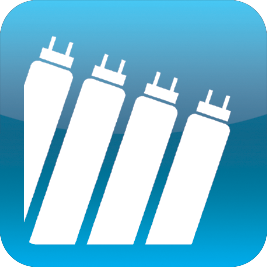

Commercial Lighting Upgrades


Commercial New Construction Opportunities
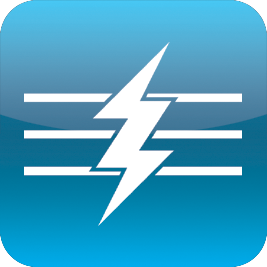

Emergency Standby Generator


Energy Efficient Loan Support


Heating, Ventilation & Air Conditioning


Residential New Construction Opportunities


VIP Insulation Options


Support for Low-Income Customers


Commercial Refrigeration
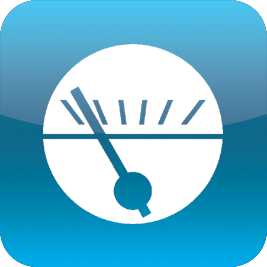

Variable Speed Drives


Heat Pump Water Heaters
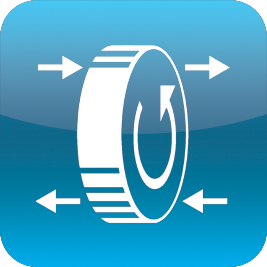

Heat Reclamation


Shade Tree Program
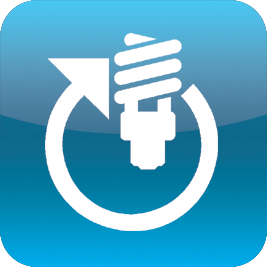

CFL Recycling


Premium-Efficiency Motors
Renewable Technologies
Renewable energy technologies produce safe and reliable electricity from naturally available, non-polluting resources, such as the sun, wind, and others. The IEEP is committed to advancing new and existing technologies of all types, with an emphasis on education about, and demonstration of, renewable energies.
Clicking an icon will provide more information about the corresponding program option.


PV Energy Systems
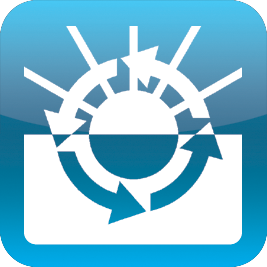

Geothermal


Combined Heat & Power
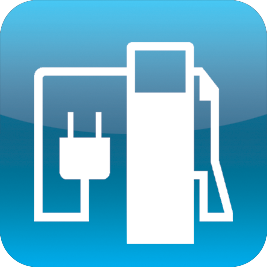

Hybrid Vehicles
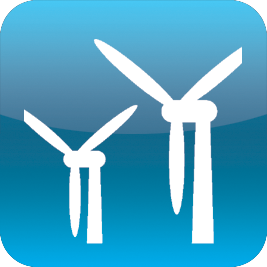

Wind Energy
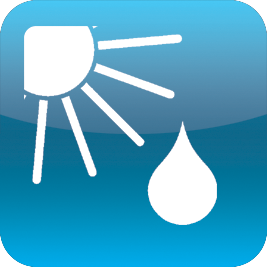

Solar Water Heaters
System Benefit
The IEEP System Benefit component focuses on the overall operation of the utility and specific utility operating circumstances. System Benefit measures focus on the specific needs of the member system operation, improving efficiency in multiple customer classes.
Clicking an icon will provide more information about the corresponding program option.


Smart Metering


LED Technologies


Technical Assistance


Customer Information Systems
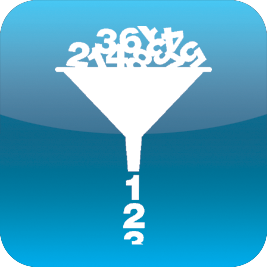

Supervisory Control & Data Acquistion


Demand Response
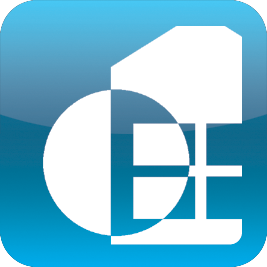

Infrared Technologies


